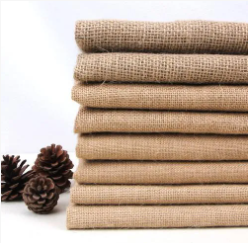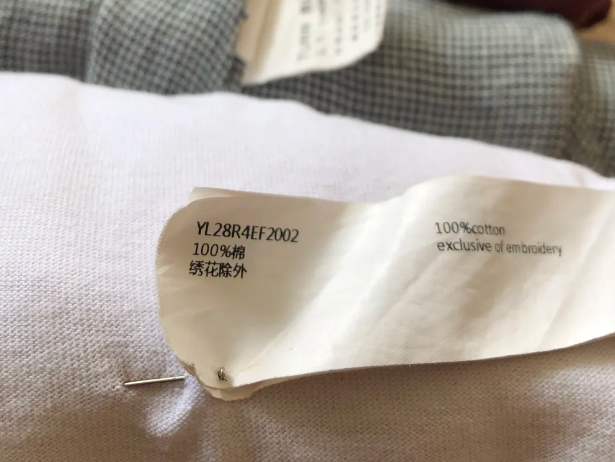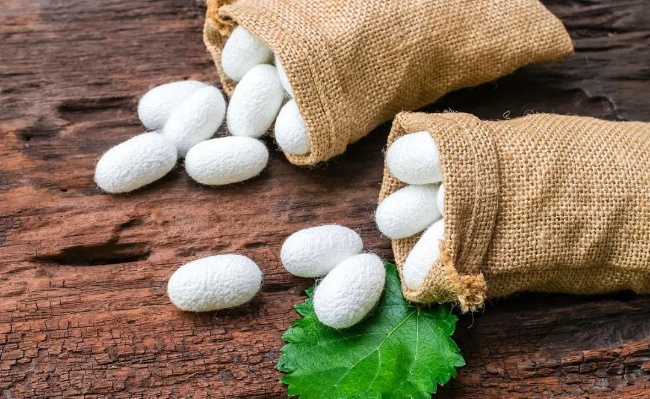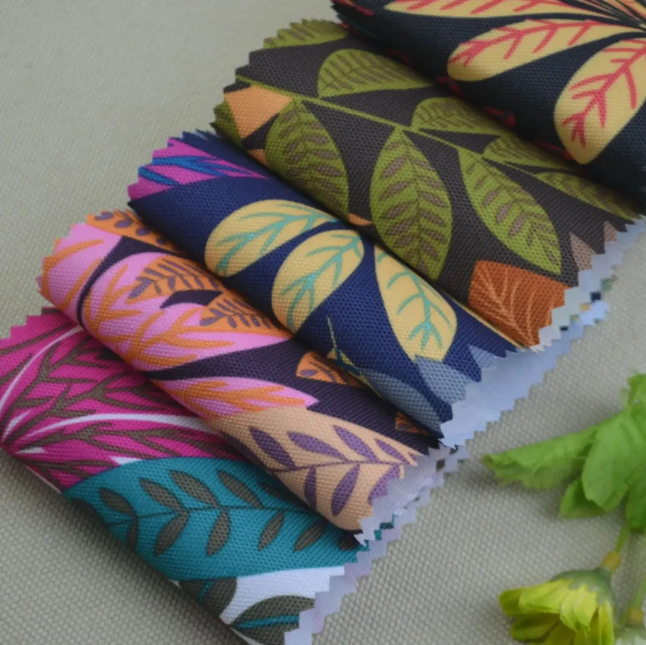What is “recycled fabric”?
What is “recycled fabric”?
It means that the fabric is recyclable, degradable after use, and has a transparent supply chain; in the production process, each link has little pollution to the environment, is durable, and can be recycled.
Here are some sustainable fabrics to help you better understand your wardrobe:
01:Pure natural fabric
Hemp
Hemp has the advantages of natural antibacterial properties, fast growth rate and tall plants. It can also effectively inhibit the growth of weeds, reduce the use of herbicides, and effectively reduce the impact of pesticides on the environment and pollution to the land.
 The biggest feature of natural hemp material is its excellent heat dissipation.According to research: Compared with cotton, the surface temperature of human skin can be reduced by 3-4 degrees when wearing general anesthesia clothing, so general anesthesia clothing is known as "pure natural air conditioning". It also has the effects of anti-radiation, anti-static, anti-bacteria and anti-allergy.China is the country with the largest area of hemp (also known as industrial hemp), but Yunnan Province is the only province that allows and regulates the cultivation of industrial hemp in the form of laws and regulations, with a total area of more than 220,000 acres, mainly supplying the clothing industry.
The biggest feature of natural hemp material is its excellent heat dissipation.According to research: Compared with cotton, the surface temperature of human skin can be reduced by 3-4 degrees when wearing general anesthesia clothing, so general anesthesia clothing is known as "pure natural air conditioning". It also has the effects of anti-radiation, anti-static, anti-bacteria and anti-allergy.China is the country with the largest area of hemp (also known as industrial hemp), but Yunnan Province is the only province that allows and regulates the cultivation of industrial hemp in the form of laws and regulations, with a total area of more than 220,000 acres, mainly supplying the clothing industry.
Organic Cotton
A large amount of pesticides and insecticides are used in the traditional cotton planting process, so many cotton fabrics are not environmentally friendly and safe in nature, and the possibility of recycling is greatly reduced, so ordinary cotton cannot be considered a sustainable fabric. "Organic cotton" avoids the use of chemical waste and pesticides to reduce damage to the land. It is a natural and pollution-free cotton from seeds to agricultural products, so it is included in sustainable fabrics. From an ecological perspective, organic cotton planting consumes 62% less energy and 88% less water than traditional cotton.

Organic cotton combines the comfort of cotton, the high strength of polyester, the breathability of silk, and the warmth of wool, plus an environmentally friendly manufacturing process, creating a new concept of healthy fabric consumption.
Organic Silk
Silk fibers come from silkworms that feed only on mulberry leaves, which are resistant to pollution and easy to grow. The properties of this plant make silk production a fairly low-cost fabric industry.

Organic silk fabrics have a smooth feel and good breathability. Silk has excellent drape, and silk clothing is light and elegant. Silk made from silkworms is very skin-friendly, contains a variety of proteins, has good biocompatibility, and can protect human skin very well.
In addition to the above three common pure natural fabrics, there are also artificially synthesized chemical fiber fabrics. The following sustainable recycled fabrics are also quite environmentally friendly.
02:Sustainable synthetic fabrics
Recycled Nylon
Compared with virgin fiber, recycled nylon can be recycled repeatedly, saves oil, and requires less water and energy consumption during the production process. Factory waste, carpets, textiles, fishing nets, lifebuoys and marine plastics can all be used as material sources, thereby reducing land and water pollution. Recycled nylon has good wear resistance, heat resistance, oil resistance and chemical resistance, and also greatly reduces the water absorption and shrinkage of raw materials, and has good dimensional stability.

Recycled polyester
Recycled polyester fabric (RPET fabric) is a new type of environmentally friendly recycled fabric, whose yarn is extracted from discarded mineral water bottles and cola bottles.Because its production belongs to waste recycling, it can be recycled and effectively reduce carbon dioxide emissions, saving nearly 80% of energy compared to the conventional process of producing polyester fiber. Polyester fabric is strong and durable, wrinkle-resistant, iron-free, non-deformed, highly thermoplastic, and not afraid of mold or insects.
Strictly speaking, no fabric is 100% sustainable, and the same is true for "sustainable fabrics". If we can try to choose safe, comfortable and environmentally friendly fabrics every time we buy clothes, we can not only build our own heart-warming wardrobe, but also become "sustainable" friends with nature!
